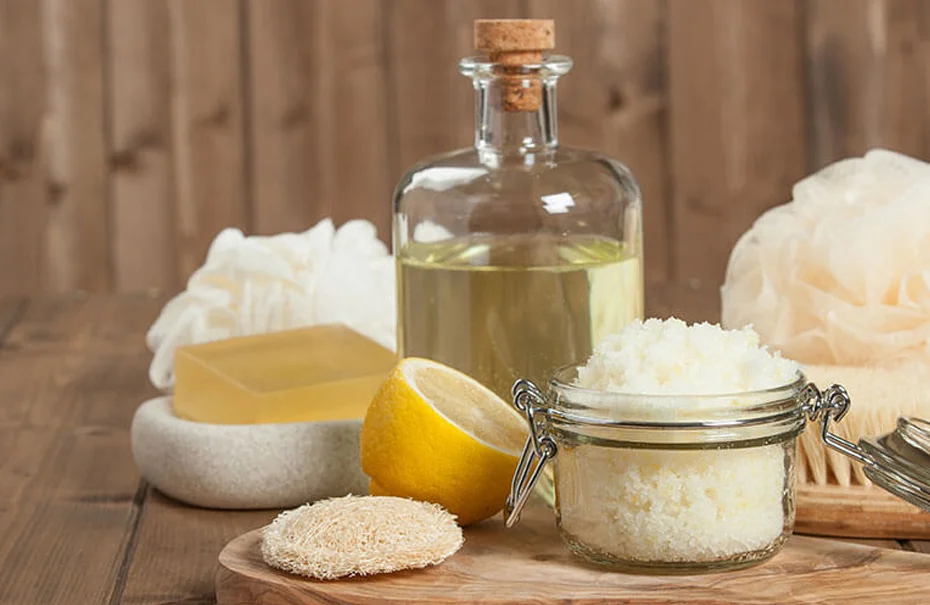How the Demand of Castor Oil Derivatives has increased after Pandemic?

The world completely upturned with the emergence of Covid-19 in our lives. In such unprecedented times, when none of us is aware of a specific direction of dealing with this pandemic, we all are making attempts to find a pertinent solution through the available resources.
The pandemic not only impacted every individual’s personal life but also had far-reaching consequences on the economy and other sectors of society. On the contrary, the pandemic opened new avenues for various businesses, startups and boosted quite a few existing markets related to health and care.
Follow the trail to understand how the castor oil derivatives witnessed a boost in demand during the pandemic.
Let’s know about Castor Oil Derivatives:
Castor oil products itself has a wide range of applications as well as benefits in various industries such as surfactants, cosmetics and personal care products, perfumes, paints and coatings including the three major industries that are food, chemical and pharmaceuticals.
Just like the castor oil and its derivatives have a versatile usage as well. With the emerging new sectors like biopolymers and cosmetics who are utilizing castor oil derivatives in their products, the role played by these derivatives have increased.
Let’s dive in the details of a few key castor oil derivatives:
1. Ricinoleic Acid :
Ricinoleic acid (12- hydroxy-9-cis-octadecenoic acid) is an omega-9 fatty acid which is light coloured and is naturally found in mature castor plants constituting 90 percent of the castor oil.
Ricinoleic acid is extracted from castor oil through the hydrolysis process. At an industrial level, it is manufactured through fractional distillation of hydrolysed castor oil and saponification.
Applications:
The primary places where majorly Ricinoleic acid is used are cosmetics, plastics, inks and coatings.
- Ricinoleic acid is very effective in eliminating and preventing a number of bacterias, molds, viruses and yeasts. It is successfully used as a treatment for skin inflammation, fungal infections, acne, keratoses and chronic pruritus (itching).
- It is a blood coagulant.
- It is used as contraceptive jellies.
- Used in the dispersion of pigments and dyes.
- It is used in soaps, industrial lubricants, metalworking compounds and amine compounds
2. Turkey Red Oil
Sulfated Castor Oil is also known as Turkey Red Oil. It has a unique quality of getting completely dispersed in the water. It is generated from seeds by adding sulfuric acid to castor oil and is also known as the first synthetic detergent. With its distinct and heavy scent along with its surfactant property, it makes a wonderful base that mixes well with water.
Applications:
Turkey Red Oil is used in various applications as follows:
- As organic manure in agriculture
- Used as surfactants in the textile industry
- For the defoaming purpose in the paper industry
- As emulsifiers in cosmetics products
- As lubricants in paint links
3. Hydrogenated Castor Oil
Hydrogenated Castor Oil is also commonly known as castor wax is derived from castor beans (Ricinus communis) which is liquid at room temperature. Further, it is processed with the help of hydrogen to raise its melting point so that it is a solid structure at room temperature. The compound is insoluble in water and odourless.
Applications:
Hydrogenated castor oil has been frequently used by the ancient Egyptians as a fuel to light lamps. It is also used as a lubricant in air crafts and it is also added to certain dyes, paint and varnishes as well. Let’s look at a few other detailed applications of the following:
- It is used in many other purposes like cosmetics, carbon paper, polishes, electrical capacitors, as coatings and greases where resistance to moisture is required.
- As it contains a secondary hydroxyl group, it is useful for polyurethane coating formulation.
4. Sebacic Acid
Sebacic Acid is a dicarboxylic acid and a derivative of castor oil with white coloured crystal. It has a high tendency to get dissolved in ethanol and ether and it is slightly soluble in water. The term Sebacic Acid was coined from the Latin term ‘sebaceous’ which means ‘tallow candle’ referring to its usage in the manufacturing process of candles.
Applications:
- Sebacic acid plus its derivatives like azelaic acid have a wide variety of industrial uses such as cosmetics, candles, lubricants, plasticizers, etc. It also has a wide range of usage as an intermediate for antiseptics and painting materials.
- Has important usage as a corrosion inhibitor in metalworking fluids.
- Used as a complexing agent in greases. It also gives effective results as a water-soluble corrosion inhibitor for metalworking fluids.
The rising market of Castor Oil Derivatives
Looking at the continuous surge in the demand of castor oil and its valuable derivatives, it is expected that the global market of the following will reach USD 2.0 billion by 2025. This further means an expansion at a CAGR of 6.7% according to the recent report by Grand View Research. The castor oil and derivatives market demand is anticipated to reach 1,079.9 kilotons by 2025, at a CAGR of 4.1% from 2019 to 2025.
The market is expected to spread its arms at a much faster pace due to the rise in demand from end-use industries such as biodiesel, cosmetic and pharmaceutical. One of the prominent key drivers of this market is that industries are turning their back away from petrochemicals and showing keen interest in biodegradable and sustainable products. The shift towards bio-based products has contributed to fluctuating prices in petrochemical-based products and has boosted the demand for vegetable oils, especially castor oil.
As per Amisy Group, castor manufacturers in India along with Brazil and China accounted for over 80% of the global castor oil production. Ambuja Solvex is also one of the reputed castor oil manufacturers in India that is equally committed to its eco-friendly drive. It is based in North Gujarat, where approximately 70% of castor crop is grown. Entities like Ambuja help various other industries on a global scale to meet the consumption of castor oil and its derivatives. The dedicated manufacturers like them are the sole reason why India is one of the largest producers of castor oil.



